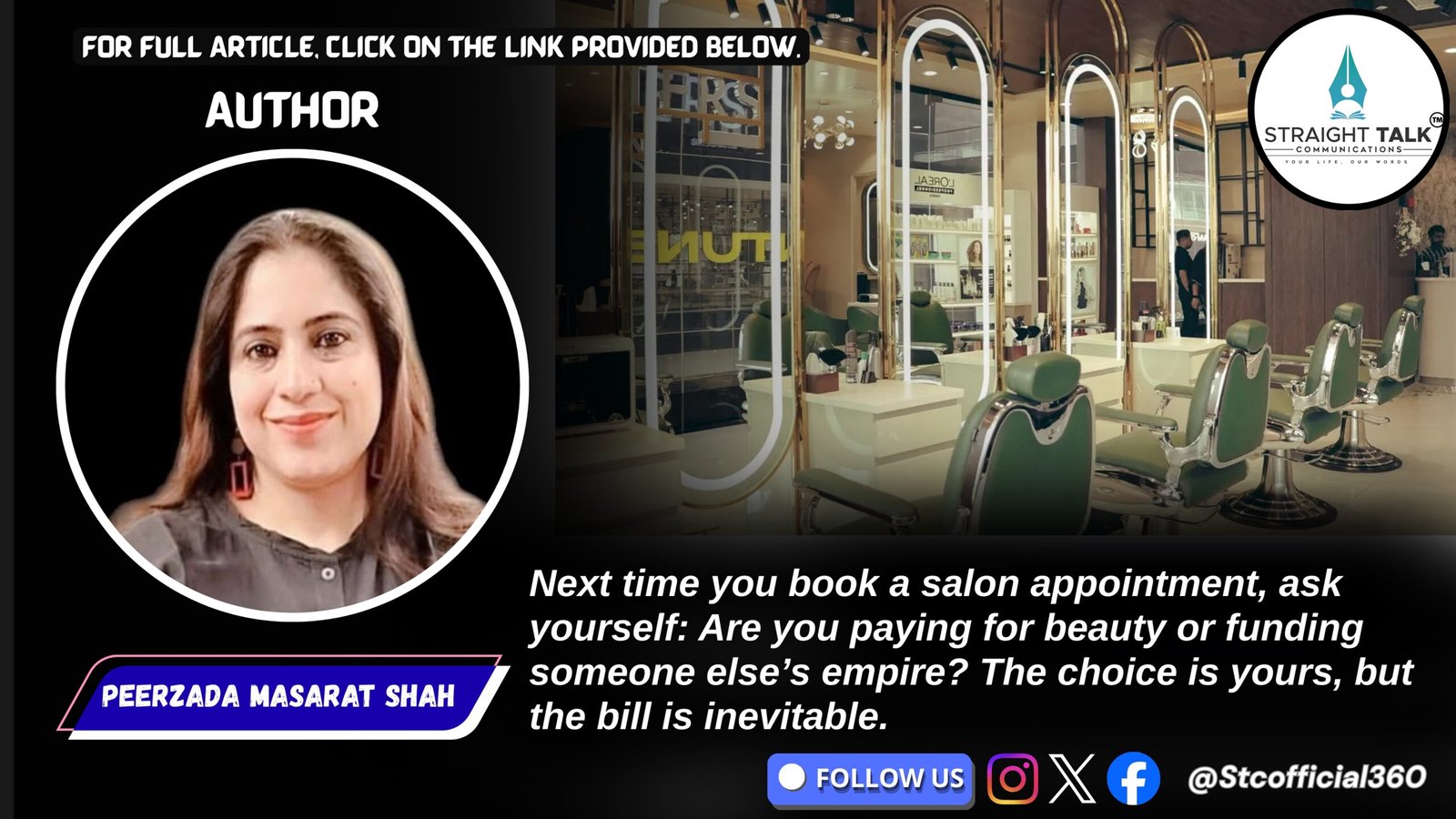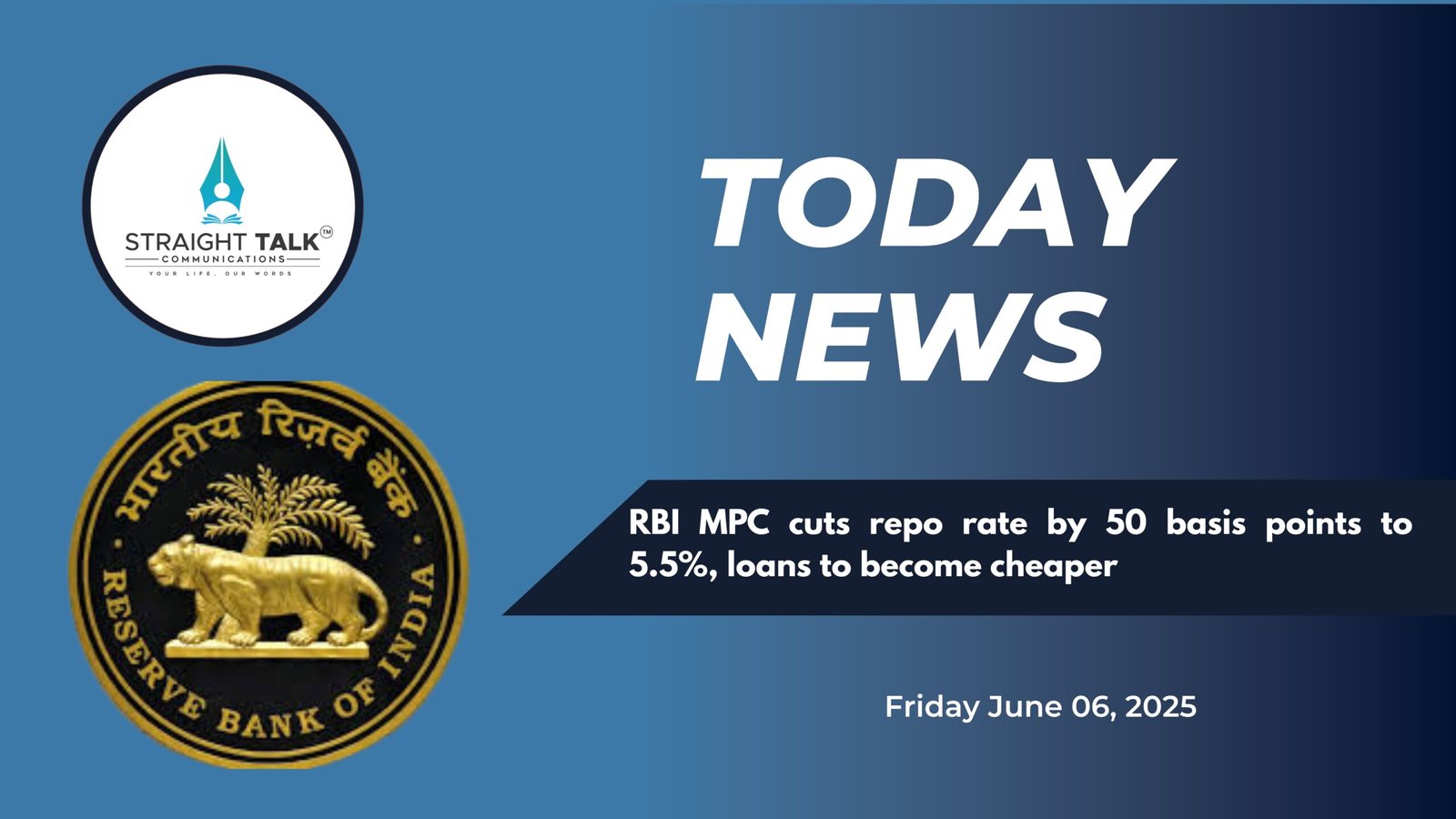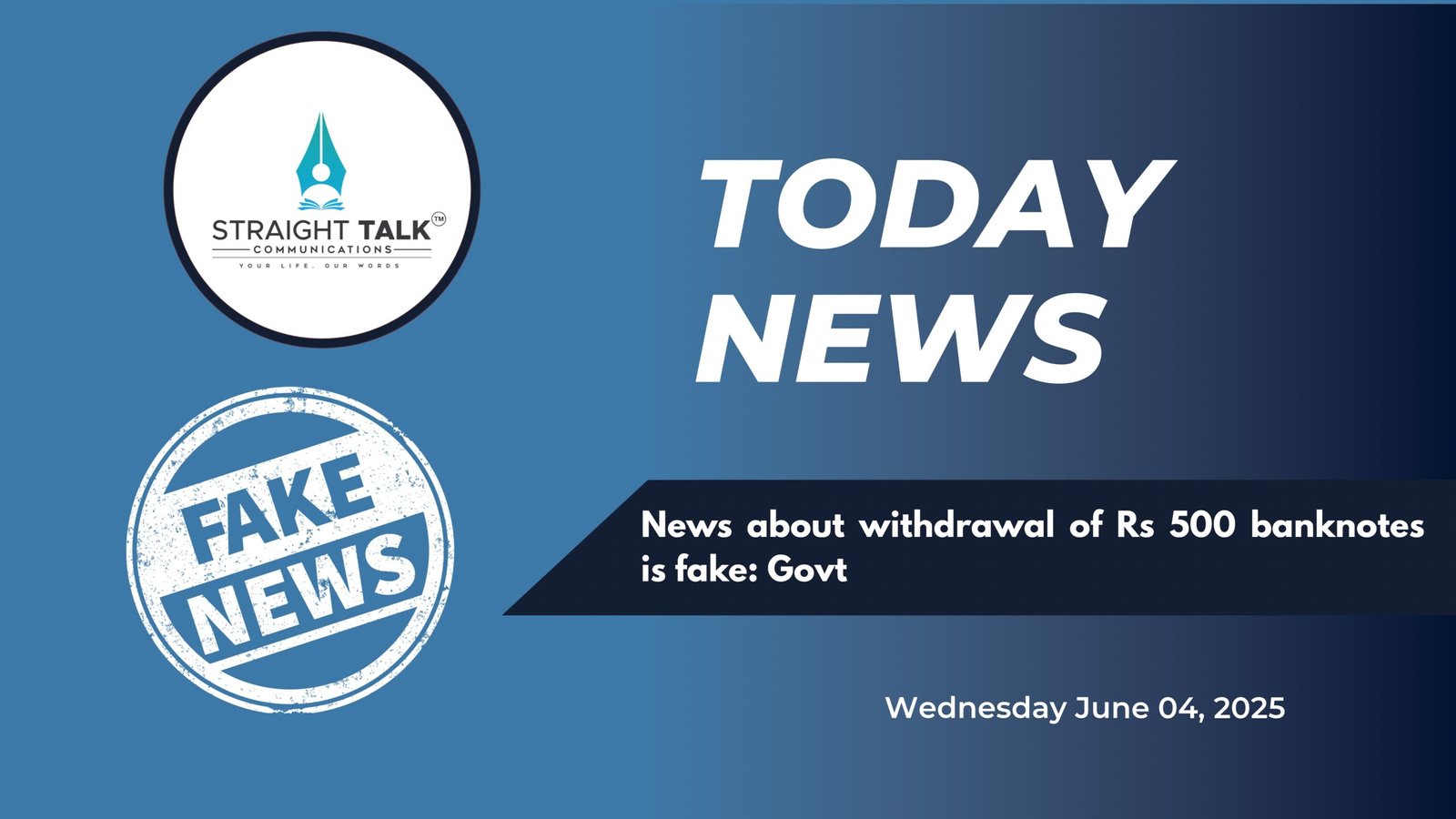Glamour Tax: How Salons Profit Off Our Pursuit of Perfection

Next time you book a salon appointment, ask yourself: Are you paying for beauty or funding someone else’s empire? The choice is yours, but the bill is inevitable.
Peerzada Masarat Shah
Step into any urban hub, and you’ll spot them: sleek, glass-fronted salons promising radiant skin, lustrous hair, and a “brand-new you.” With posters flaunting flawless models and buzzwords like “rejuvenation” and “glow-up,” these beauty havens sell dreams of transformation. But the real transformation happens to your wallet the moment the bill arrives.
Welcome to an era where beauty costs more than your monthly rent. Salons have evolved from humble grooming spots into slick enterprises, turning basic services into exorbitant luxuries. Shampoo bottles become goldmines, and waxing strips feel like highway robbery. The beauty industry is thriving, but customers are paying a steep price—financially and sometimes physically.
From Treat to Trap: The Grooming Imperative
Once upon a time, salon visits were rare treats, reserved for weddings or festivals like Eid or Diwali. Men relied on local barbers charging ₹50 for a quick trim, while women whipped up DIY face masks from turmeric and yogurt—often more effective than today’s chemical-laden creams. Fast-forward to 2025, and grooming is no longer optional; it’s a societal mandate. Social media filters, influencer culture, and relentless advertising have redefined beauty as a non-negotiable duty. Skip your salon appointment, and you risk being labeled “sloppy” or “unprofessional.”
This shift has turned monthly salon visits into rituals. Take, for example, a basic haircut at a mid-tier salon in Mumbai, which now costs ₹800–₹1,500, compared to ₹100 a decade ago. Add a “hydrating facial” for ₹3,000 or a “keratin hair treatment” for ₹10,000, and you’re spending what could cover a week’s groceries. Salons bank on this dependency, inflating prices for services that were once affordable.
The Markup Math: Beauty’s Hidden Costs
The pricing game is where salons truly shine. Industry insiders reveal that products are often bought at a fraction of the price charged to customers. For instance, a 500ml bottle of professional salon shampoo might cost the salon ₹200 wholesale but is used to justify a ₹2,000 “hair spa” session. That “luxury” face mask, marketed as an imported elixir with “24K gold extracts”? It’s often a ₹50 bulk product repackaged with a glossy label.
Consider Lakmé Salon, a popular chain in India. A basic “Clean-Up Facial” can set you back ₹1,500–₹2,500, despite using products costing the salon less than ₹100 per session. Customers, dazzled by promises of “radiance,” pay these markups willingly, believing they’re investing in confidence. The reality? They’re funding the salon owner’s next vacation.
Instagram Glam: The Social Media Salon Boom
Salons have mastered the art of branding. A simple haircut isn’t enough anymore; it’s a “signature style transformation.” Skin treatments come with jargon like “collagen infusion” or “diamond microdermabrasion,” each priced like a small appliance—₹5,000 and up. Bridal packages, like those at Geetanjali Salon, can cost ₹50,000–₹1,00,000, rivaling the price of a destination wedding’s travel budget.
Social media fuels this frenzy. Salons like BBlunt or Toni & Guy post soft-lit Instagram reels showcasing “before and after” glow-ups, tapping into insecurities with hashtags like #NewYou. A single viral post can convince customers that looking “natural” is outdated, pushing them toward pricey treatments they didn’t know they needed.
Beauty Academies: The New Cash Cow
Salons have found another revenue stream: education. Chains like Jawed Habib and Lakmé run “beauty academies,” charging ₹1,00,000–₹5,00,000 for courses in hairdressing or makeup artistry. For context, that’s comparable to fees for a year of college in some Indian cities. These programs promise lucrative careers but often deliver basic training and a certificate with limited real-world value. Graduates flood an oversaturated market, while salon owners pocket the fees. It’s less about empowerment and more about exploiting dreams of glamour.
Health Risks: Beauty’s Dark Side
Beyond financial strain, salons can jeopardize health. Many use products with harsh chemicals, often without warning customers. For example, hair straightening treatments at salons like Affinity or Looks Salon frequently use formaldehyde-based solutions, linked to respiratory issues and even cancer risks. Skin-lightening facials, popular at chains like VLCC, often contain hydroquinone or steroids, which can thin the skin and cause long-term damage. A 2023 study by the Indian Dermatological Association found that 60% of salon-goers reported skin irritation from such treatments, yet salons rarely disclose these risks. Why? A returning customer is more profitable than an informed one.
The Regulation Gap
Despite their influence, salons operate with minimal oversight. Unlike restaurants, which face hygiene inspections, or schools, which have fee regulations, salons exist in a regulatory void. There’s no standardized pricing, no mandatory product safety checks, and no requirement to disclose chemical risks. Customers pay whatever is demanded, with no guarantee of quality or safety. For instance, a “premium” salon in Delhi might charge ₹10,000 for a hair color treatment using the same ₹500 dye kit as a smaller parlor.
Time for Accountability
It’s time for change. Governments should enforce regulations on salon pricing, product safety, and health disclosures, similar to food safety laws. The Consumer Protection Act in India could be expanded to cap excessive markups or mandate ingredient transparency. Until then, consumers are left vulnerable, paying premium prices for subpar products and risky treatments.
Breaking the Cycle
Ultimately, salons thrive because we fuel them. Our insecurities, amplified by influencers and ads, keep us chasing unattainable ideals. A ₹5,000 facial fades in a week, a ₹15,000 hair treatment dulls in a month, and the cycle continues. The real cost of beauty isn’t just financial—it’s the toll on our confidence and health.
Next time you book a salon appointment, ask yourself: Are you paying for beauty or funding someone else’s empire? The choice is yours, but the bill is inevitable.







